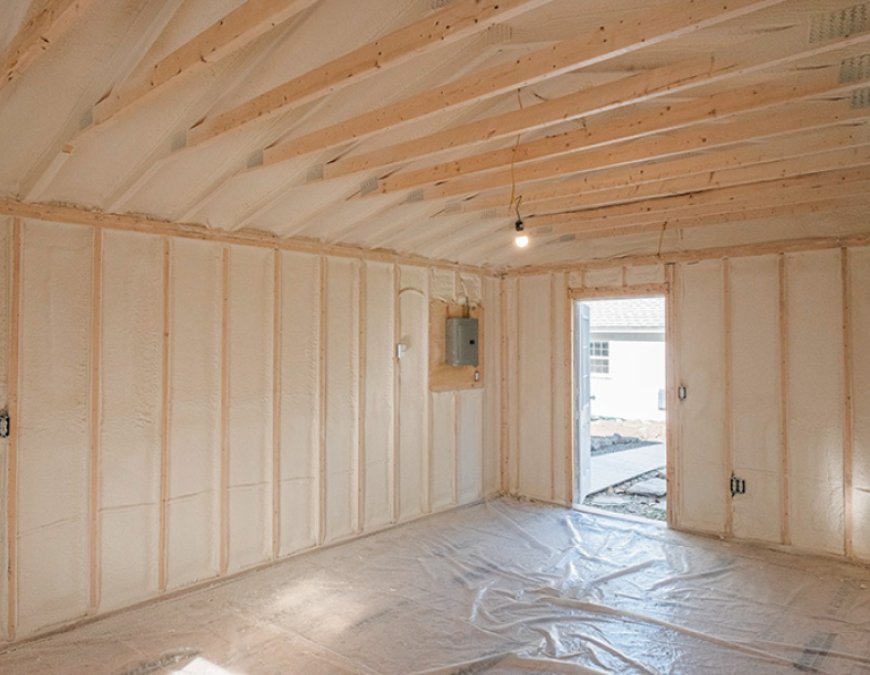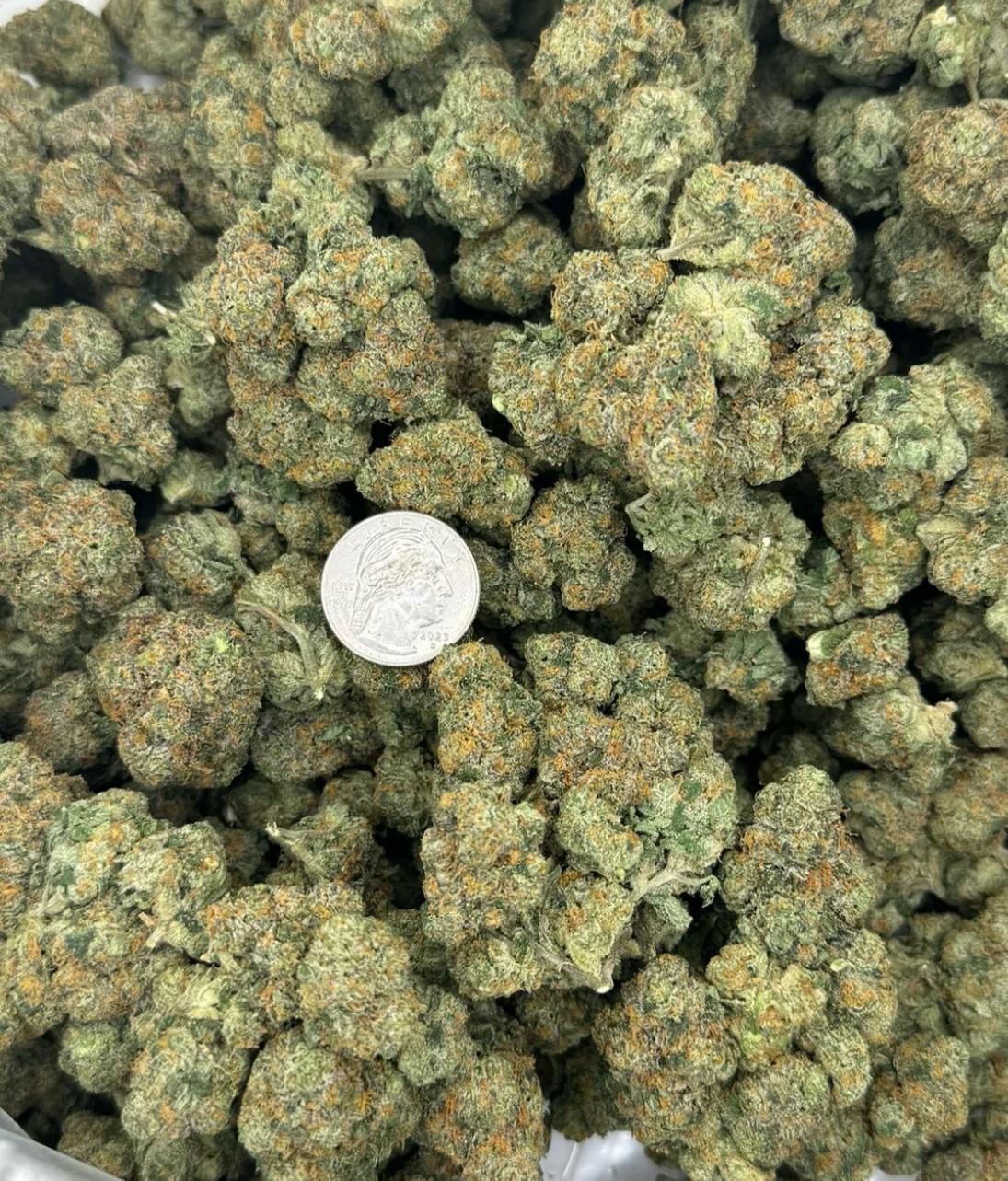Is Spray Foam Safe for Families and Pets During Installation?
Spray foam insulation poses significant health risks to families and pets during installation.

Spray foam insulation poses significant health risks to families and pets during installation. The chemicals release harmful fumes that can cause respiratory issues, eye irritation, and other health problems. For safety, everyone (including pets) must vacate the premises for 24-48 hours after installation. Professional installers wear protective gear for this reason, and the same precautions apply to DIY applications
The curing process creates potentially harmful off-gassing that requires proper ventilation and time away from the home. Once fully cured, spray foam becomes inert and safe for household occupants, but the installation period demands careful planning and temporary relocation.
Safety Measures During Spray Foam Installation
Spray foam insulation comes with specific safety protocols that protect your family and pets. Following these steps ensures a safe installation process:
Required Evacuation Period
The chemicals in spray foam release volatile organic compounds (VOCs) during application and curing. Everyone must leave the home during this process.
|
Evacuation Requirements |
Details |
|---|---|
|
Minimum Evacuation Time |
24-48 hours after installation |
|
Sensitive Groups |
Children, elderly, pregnant women, and those with respiratory conditions should stay away longer (up to 72 hours) |
|
Pets |
All pets must be removed, including fish tanks and caged animals |
|
When to Return |
Only after proper ventilation and when no chemical odor remains |
Health Risks During Installation
Understanding potential health impacts helps emphasize why evacuation is necessary:
|
Health Risk |
Symptoms |
Duration |
|---|---|---|
|
Respiratory Issues |
Coughing, wheezing, shortness of breath |
During exposure and potentially longer |
|
Eye Irritation |
Redness, watering, burning sensation |
During exposure |
|
Skin Irritation |
Rash, redness, itching |
During exposure |
|
Chemical Sensitivity |
Headaches, dizziness, nausea |
During exposure and potentially longer |
|
Asthma Triggers |
Worsened asthma symptoms |
Can persist if foam isn't properly cured |
Bonus Tip: Schedule your installation during favorable weather when windows can remain open for additional ventilation during the curing process.
Types of Spray Foam and Safety Considerations
Not all spray foam products carry the same level of risk. Understanding these differences helps you make informed decisions:
|
Type |
Chemical Composition |
Safety Level |
Curing Time |
|---|---|---|---|
|
Open-Cell |
Water-blown with fewer chemicals |
Moderate risk during installation |
8-24 hours |
|
Closed-Cell |
Contains more potent chemicals |
Higher risk during installation |
24-48 hours |
|
Green/Eco Alternatives |
Soy/water-based with reduced VOCs |
Lower risk but still requires evacuation |
24 hours |
|
DIY Kits |
Similar chemicals to professional products |
High risk, especially for untrained users |
24-48 hours |
Professional vs. DIY Installation Safety
Professional installers have training and equipment that DIY users typically lack:
|
Factor |
Professional Installation |
DIY Installation |
|---|---|---|
|
Protective Equipment |
Full-body suits, respirators, proper ventilation systems |
Often inadequate protection |
|
Training |
Certified in chemical handling and safety protocols |
Limited or no formal training |
|
Application Control |
Precise application reducing excess fumes |
Higher risk of improper application |
|
Post-Installation Verification |
Can verify proper curing and ventilation |
Typically no verification process |
Bonus Tip: If choosing DIY installation, invest in professional-grade respirators with chemical cartridges, not just dust masks.
Things to Consider Before Making a Decision
Before committing to spray foam insulation, evaluate these factors:
-
Temporary Housing Arrangements: Have a plan for where your family and pets will stay during the installation and curing period.
-
Ventilation Capabilities: Your home needs adequate ventilation systems to clear chemical fumes.
-
Season and Weather: Installation during extreme temperatures can affect curing time and fume dissipation.
-
Health Conditions: Family members with asthma, allergies, or chemical sensitivities may require longer evacuation periods.
-
Alternative Insulation Options: Consider less chemically intensive insulation methods if health concerns are paramount.
According to industry data, approximately 82% of professional spray foam installations successfully clear harmful fumes within 48 hours when proper ventilation is maintained.
Special Considerations for Pet Owners
Pets have different sensitivities than humans, requiring extra precautions:
|
Pet Type |
Special Considerations |
|---|---|
|
Dogs and Cats |
More sensitive respiratory systems and closer to the floor where heavier fumes settle |
|
Birds |
Extremely sensitive to airborne toxins, may require longer evacuation time |
|
Fish |
Water can absorb airborne chemicals; tanks should be removed or tightly sealed and filters temporarily disabled |
|
Small Mammals |
Prone to respiratory issues; cages should be completely removed |
Ensuring Your Home Is Safe After Installation
After the recommended evacuation period, take these steps before returning:
-
Ventilate thoroughly by opening windows and using fans
-
Check for lingering chemical odors throughout the home
-
Run HVAC systems with new filters to circulate clean air
-
Monitor for any symptoms among family members upon return
-
Keep pets initially restricted to well-ventilated areas and watch for unusual behavior
Market data shows that homes with proper ventilation strategies see 95% reduction in measurable VOCs within 72 hours after professional spray foam installation.
Topic FAQ
Can I stay in just one part of my house during spray foam installation?
No. Chemicals and fumes travel throughout your home through ventilation systems and open spaces. Complete evacuation is necessary for safety.
How long after spray foam installation is it safe for babies and pregnant women?
Wait at least 72 hours and ensure the home has been thoroughly ventilated with no detectable odor before allowing babies or pregnant women to return.
Will spray foam affect my indoor air quality long-term?
Properly installed and fully cured spray foam doesn't impact long-term air quality. Problems only occur during installation and curing or if the foam is improperly mixed or applied.
Do "green" or "eco-friendly" spray foam products eliminate evacuation requirements?
No. While they may contain fewer toxic chemicals, even eco-friendly options release potentially harmful compounds during installation and require evacuation.
How can I verify my home is safe to reenter after installation?
Professional installers often use air quality monitoring equipment. For DIY installations, ensure complete ventilation, no detectable chemical smell, and wait the full recommended time.
 Make the Right Decision
Make the Right Decision
Our Spray foam insulation services provides excellent energy efficiency benefits once safely installed. The temporary inconvenience of evacuation protects your family and pets from serious health risks. Always work with certified professionals who follow proper safety protocols or research thoroughly before attempting DIY installation. Prioritize health and safety by planning adequate evacuation time and ensuring proper ventilation throughout the process.
Reviewer:
Grace Walker has been in the spray foam business for 9 years and provided suggestions that helped refine this article's focus on brand development and simple, consistent marketing efforts.























































































































































